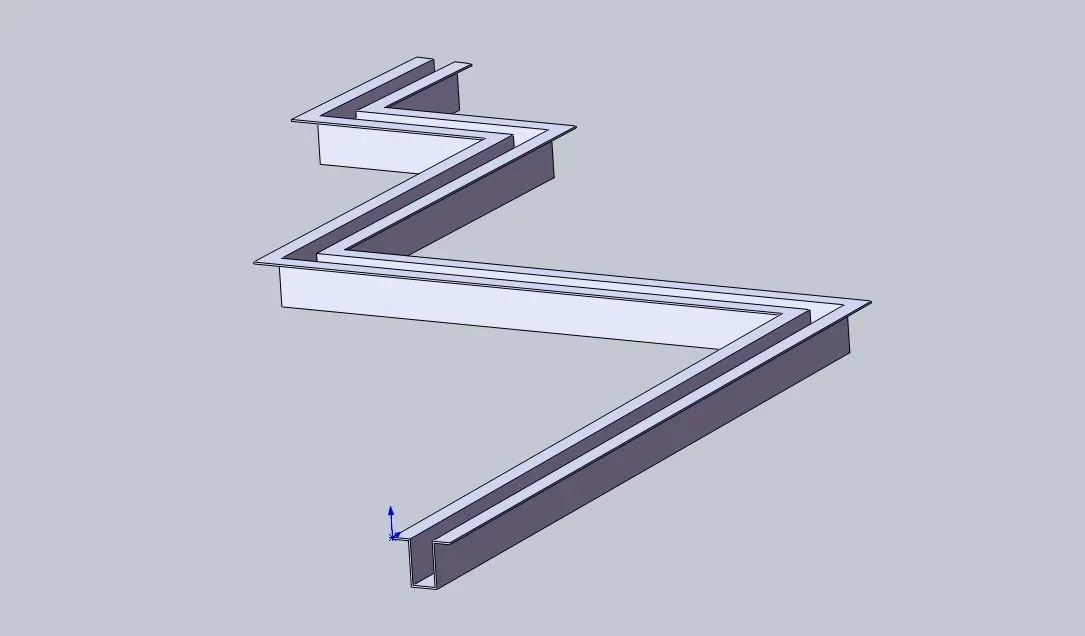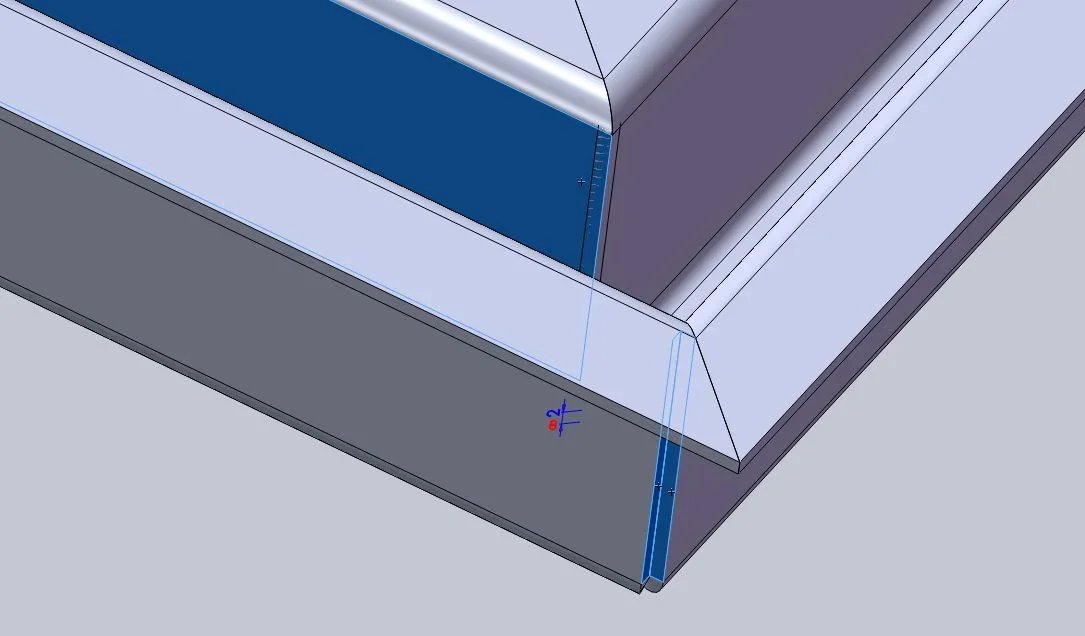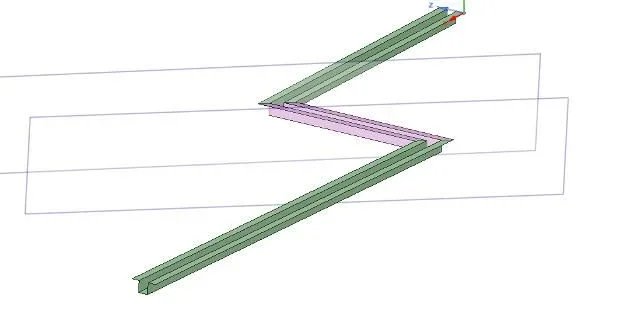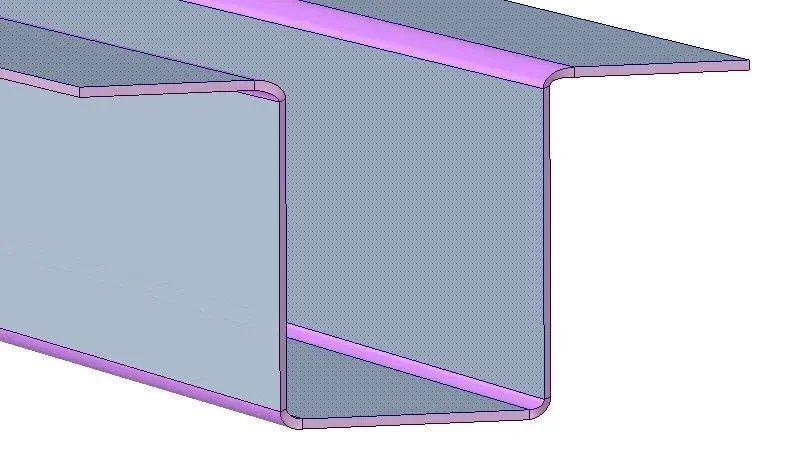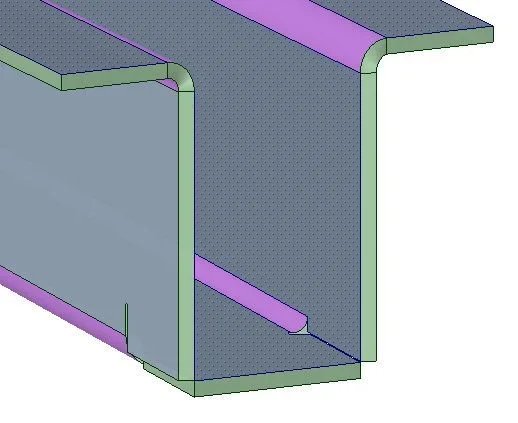Hello andrea, I would have another curiosity: is it possible to configure a file in open and closed mode so that it can be recalled as desired in the context (as with sw configurations? ).
is also possible to buy at discounted price the old spaceclaim 2014?
thanks for the attention and good year.
Hello, Marco.
I don't know solidworks specifically, but taking from the sw site the information about the set up I answer you.
First of all there is no assembly environment and a modeling environment, but a mixed environment, in which you can create a set even after creating the individual parts (this is the beauty of direct modeling!). you can change an item even in the axieme. you can save a single file that encloses together and its parts (also development and placing on the table), or save the parts as separate files. but you can also incorporate the "uniche" parts into the main file and insert the reusable components as external files.
overview of the configuration of parts and assemblies in solidworks:
1) quickly create "derived" versions of a project to speed up the creation of a different version
2) creation of configurations of parts by inserting, excluding and varying functions, odds and information displayed, based on simple items of a table
3) creation of axiemi configurations by inserting, excluding and varying parts, functions, odds and information displayed in the axieme, based on simple items of a table
4) Simplified or detailed creation of part project versions in the same file
5) creating a configuration for each phase through which a part passes during manufacturing (for example, casting, processing, welding, etc.)
6) creation of explosive versions of the assemblies to help explain the project
7) use of configuration publisher to prepare assemblies with multiple versions that will have to use other people
1)The various versions are saved (with a special new version rescue function). you can also make a comparison (markup) between the versions, so that you automatically color variations with different colors.
2)you can insert new parts, hide them, replace them. you can't act on the functions... because they don't exist!
3)As above, there is no distinction between what can be done in one part and together. I'm the same environment!
4)you can duplicate a set in the same file, turn off the original and change the copy making it independent
5)There are no processing
6)explosed version is connected to the project and to the table
7)From the point of view of the documentation of the new versions we use the markup3d that makes slides with a differentiated coloring on the variations of the project (dimensions, area, new elements...). From the point of view of file sharing, you can automatically export the compacted versions of a set, to transfer to a colleague a single file that contains everything!
No rotten, you can't sell "old" versions, but maybe we talk about it elsewhere.

